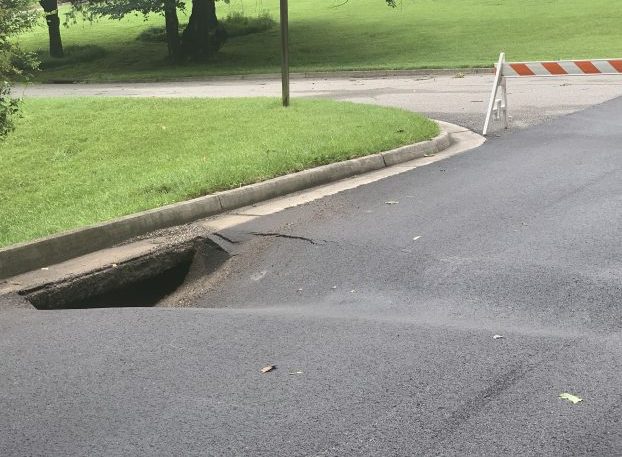Watching humanity’s giant leap
Published 5:00 am Friday, July 5, 2019
In 1969, my family moved to a small beachside community less than an hour’s drive south of Cape Kennedy in Florida. On the morning of July 16, 1969, I wandered out to the beach and watched a point on the northern horizon. A rocket was about to lift into the pages of history.
My interest in our nation’s space program had begun several years earlier. The Russian Sputnik launch that initiated the space race happened before I was aware of such events. NASA’s Mercury program that sent Alan Shepard into space and John Glenn into orbit occurred only at the periphery of my young attention, but by the time of the Gemini program during the mid-1960s, astronauts were my heroes. They conducted missions designed to test the equipment and procedures that would ultimately be necessary for trips to the moon. Gemini flights extended the amount of time humans spent in orbit, introduced spacewalking, and conducted the rendezvous and docking of two vehicles. I kept a scrapbook of newspaper clippings documenting their accomplishments. The astronauts’ names were as familiar to me as the names of my friends.
The Gemini program was a steppingstone to Apollo. The Apollo capsule held three astronauts. It initially met with tragedy. During a simulator test conducted on Jan. 27, 1967, a flash fire killed the crew. Two of the victims were Gemini alumni I felt I knew: Gus Grissom and Ed White. The third, Roger Chaffee, was preparing for his first space expedition. I remember the headlines. I remember my tears.
Trending
The disaster led to delays. Apollo 7, the next manned mission, didn’t launch until the following year. Then, Apollo 8 orbited the moon at Christmastime. Astronaut Bill Anders took a picture of earth rising over the limb of the lunar surface, a picture that has since become an icon. Apollo 9 carried the lunar module into orbit for the first time, and then Apollo 10 rehearsed the procedures necessary for a moon landing.
Those preliminary steps prepared the way for the launch I witnessed. The crew of Apollo 11 consisted of familiar Gemini names: Neil Armstrong (Gemini 8), Buzz Aldrin (Gemini 12), and Michael Collins (Gemini 10). A little after 9:30 that morning the rocket lifted. From my vantage point, it appeared to rise right out of the ocean. I watched it climb and arc into the sky. A couple of minutes later, I saw the second stage fire. After that, it traveled beyond my vision, but I followed its progress through radio broadcasts and newscasts. On July 19, the Apollo 11 mission entered into lunar orbit.
On July 20, the lunar module touched down on the moon’s surface. Later that night, I watched Walter Cronkite narrate events that culminated with Armstrong’s steps down the ladder. Armstrong spoke humanity’s first words from the surface of an extraterrestrial body, “That’s one small step for (a) man, one giant leap for mankind.”
Later that fall, Apollo 12 launched during the school day. My classmates and I were dismissed to go outside and watch. Clouds blocked our view. Nevertheless, the sound of the rocket reached our ears and we felt the earth shake. When Pete Conrad took his first step onto the moon’s surface, he said: “That may have been a small one for Neil, but that’s a long one for me.”
I lived in Florida for two more missions. Apollo 13, which never made it to the moon’s surface, but succeeded in returning the astronauts safely to earth, and Apollo 14. NASA claims that mission’s primary objective involved deploying the Apollo Lunar Surface Scientific Experiments package, but I remember Apollo 14 as the one during which Alan Shepard became the first human to play golf on the moon.
The Apollo 11 astronauts left a plaque behind on the lunar surface. It declares, “We came in peace for all mankind.” All mankind. That’s everyone. Including me and including you. This year, on July 20, I hope you’ll take a minute to remember humanity’s accomplishments and ponder what else could be possible if people dedicate themselves to work together in pursuit of an inspiring goal.
Trending
KAREN BELLENIR has been writing for The Farmville Herald since 2009. Her book, Happy to Be Here: A Transplant Takes Root in Farmville, Virginia features a compilation of her columns. It is available from PierPress.com. You can contact Karen at kbellenir@PierPress.com.





